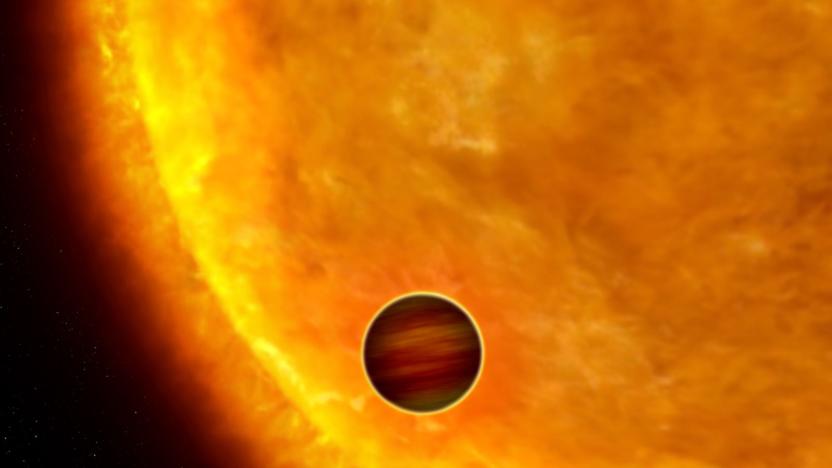spectrograph
Latest

Scientists can directly observe alien planets with a new tool
Astronomers usually have to study exoplanets through roundabout ways, such as watching for the decrease in light when a planet crosses in front of a star. However, they'll soon have a reliable way to observe those alien worlds directly. A Princeton-led research team has successfully tested CHARIS, a supercooled spectrograph instrument that isolates reflected light from large planets (bigger than Jupiter) to reveal their age, mass and temperature. The key is its use of a coronagraph that separates planetary light from the host star's rays -- effectively, it's making sure the needle stands out from the haystack.

NASA picks the scientific tools it'll use to study Europa
NASA is convinced that Jupiter's moon Europa is worth visiting, and for good reason: its icy surface could be hiding a giant ocean friendly to life. The agency is going to need the right equipment if it's going to verify its theories, however, which is why it just chose nine instruments that will go aboard a Europa mission in 2020. The tools will use a mix of imaging, magnetometry, radar and spectrometry to study the frozen world's chemical composition and learn more about what's lurking out of view. While these gadgets won't completely eliminate the need for underwater probes and other landers, they could save scientists a lot of trouble (and expense) as they search for signs of organic material.
